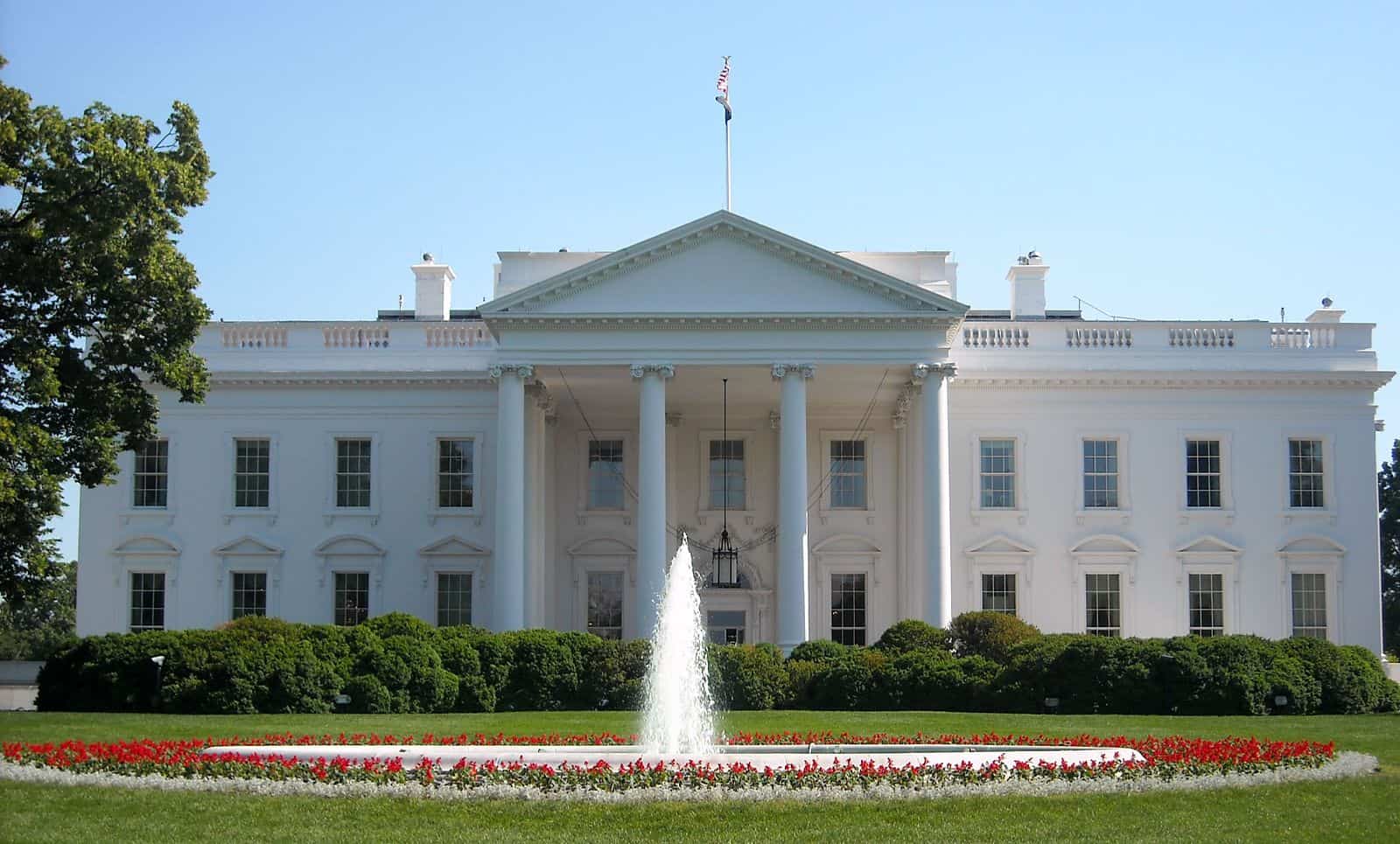
Fred Messner is a student at Harvard Law School.
The Biden administration announced Monday morning that the Treasury Department will make adjustments to the Paycheck Protection Program (PPP) in order to steer additional funds toward smaller businesses. Principal among the changes are a two-week ban on participation by companies with more than 20 employees, the revocation of rules excluding borrowers with past felony convictions and student loan defaults, and modifications to the application process that are designed to make it easier for noncitizen business owners to participate. The administration also announced plans to change the loan calculation formula to increase outlays to workers like Uber drivers and real estate agents who are formally classified as real estate agents. The new approach would mark a significant break from the Trump administration’s management of the program, which drew frequent criticism for lavishing funds on established corporations while erecting roadblocks for minority-owned and local establishments. The most recent tranche of PPP funding is set to expire on March 31.
The Bureau of Labor Statistics released updated 2019-2029 employment projections that incorporate its estimates of the effects of the pandemic. The projections, which are, as one news outlet noted, “often wrong,” reveal increased pessimism on the part of the agency about the pandemic’s effects on lower-wage jobs. Whereas the original projections released last year forecasted bottom-wage-quintile jobs to grow by 5.2% through 2029, the updated figures show net job losses in that wage bracket. Likewise, the updated projections now anticipate significant net losses of jobs requiring no high school diploma, a stark change from the original forecast of 3.3% growth in that segment. The agency also revised its expectations of how jobs will be distributed across occupations in the coming decade, dramatically reducing its employment forecasts for hospitality workers like restaurant workers, bartenders, and hotel desk clerks. But not all occupational growth expectations were revised downwards. The pandemic-adjusted report revealed increased optimism at BLS for the future of web developers, medical scientists, and, most of all, epidemiologists.
Elsewhere in grim data, Bloomberg Law reported that union-negotiated wage increases were down nearly a full percentage point from this time last year. In January 2020, prior to the pandemic, the average first-year wage increase included in a union contract was 3.6%, which represented some of the largest gains in years. So far this year, that figure has declined to 2.7%, with non-manufacturing workers experiencing more sharply reduced gains than manufacturing workers. As Bloomberg Law’s labor and employment analyst explained, “[u]ncertainty about job security has union negotiators taking whatever they can get when it comes to wages.”
Finally, the NLRB held Friday that Elon University’s adjunct, visiting, and limited-term faculty were not managers and therefore eligible to unionize. The decision was occasioned by the D.C. Circuit’s recent decision in University of Southern California v. NLRB, 918 F.3d 126 (D.C. Cir. 2019), which invalidated the Board’s 2014 ruling in Pacific Lutheran University that non–tenure-track faculty are managers when they have majority control over even a single university committee that makes managerial decisions. In place of that standard, which the court found incompatible with a 1980 Supreme Court decision, the D.C. Circuit substituted a test that considers whether a university’s faculty collectively exercises control over decisionmaking and, if so, whether the non-tenured subgroup at issue is in fact included in that decisionmaking “body.” A concurrence authored by NLRB Chair Lauren McFerran emphasized that the new framework “permits—indeed, requires—the Board to be sensitive to the actual situation of contingent faculty members[,] . . . [who] are typically excluded from the kind of real power typically associated with managerial authority.”






Daily News & Commentary
Start your day with our roundup of the latest labor developments. See all
July 11
Regional director orders election without Board quorum; 9th Circuit pauses injunction on Executive Order; Driverless car legislation in Massachusetts
July 10
Wisconsin Supreme Court holds UW Health nurses are not covered by Wisconsin’s Labor Peace Act; a district judge denies the request to stay an injunction pending appeal; the NFLPA appeals an arbitration decision.
July 9
the Supreme Court allows Trump to proceed with mass firings; Secretary of Agriculture suggests Medicaid recipients replace deported migrant farmworkers; DHS ends TPS for Nicaragua and Honduras
July 8
In today’s news and commentary, Apple wins at the Fifth Circuit against the NLRB, Florida enacts a noncompete-friendly law, and complications with the No Tax on Tips in the Big Beautiful Bill. Apple won an appeal overturning a National Labor Relations Board (NLRB) decision that the company violated labor law by coercively questioning an employee […]
July 7
LA economy deals with fallout from ICE raids; a new appeal challenges the NCAA antitrust settlement; and the EPA places dissenting employees on leave.
July 6
Municipal workers in Philadelphia continue to strike; Zohran Mamdani collects union endorsements; UFCW grocery workers in California and Colorado reach tentative agreements.